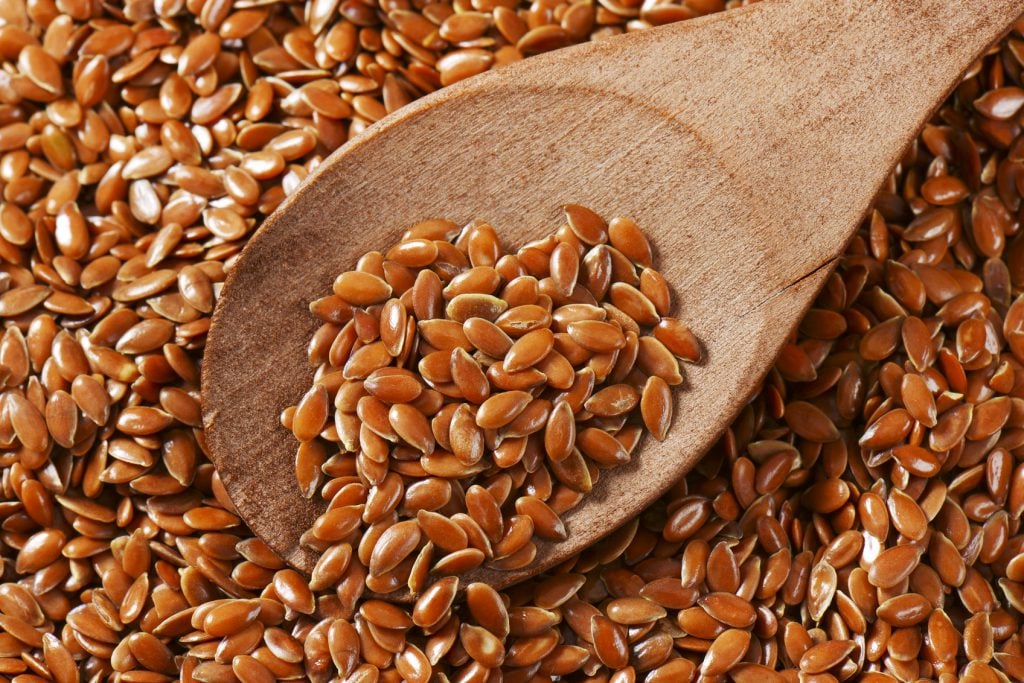Jun 11, 2014 by

“What you put inside your body is what will determine weather you can heal or not.” Dr. Fabrizio Mancini
Something amazing happens when you begin to eat healing foods and give your body a break from junk foods, bad fats, refined flour, and sugar. Your body may shed up to ten pounds of excess water weight, and your energy soars. You get your digestion working properly again, stop feeling so bloated and congested, and maximize your self-healing potential.
The scientific research is loaded with proof of how proper nutrition can heal. There are thousands of studies, for example, showing that a diet heavy in fruits and vegetables protects against heart disease and cancer. Maybe we really don’t need to throw so many pills and drugs at a disease, just more fruits and vegetables!
All whole foods are self-healing, but I’ve zeroed in on 5 foods that have special powers. I’ve compiled this list after consulting nutrition experts and reading hundreds of studies. I call these foods the strengtheners. All of them fight disease, promote a strong immune system, and provide nutrients you need to feel great. Try to include as many as possible in your diet. Simply put, when you eat well, you feel well.
Add these to your daily diet:
1) Flaxseeds– These tiny seeds are one of the few plant sources of the healing fats—omega-3 fatty acids. Omega-3s are wonder workers: they help decrease rates of heart disease, stroke, and depression. Flaxseeds also contain lignans. These are phytoestrogens, plant estrogens that mimic the positive effects of estrogen in your body. A clinical trial found that postmenopausal women who ate about five to six table- spoons of ground flaxseeds each day for three months reduced their total cholesterol by about 6 percent. The findings were published in the Journal of Endocrinology and Metabolism. Easy ways to eat flaxseeds are to sprinkle a few tablespoons on your cereal in the morning or include them in a smoothie. You can also use them in baked goods.
2) Garlic- Many people try to avoid garlic (or a lot of it) because it does stink up the breath, but locked in those small cloves is tremendous healing power. Garlic has been found in lots of studies to: Help fight cancer, lower LDL cholesterol, reduce blood pressure and fight infection (including harmful bacteria and fungal organisms). Use garlic to spice up fish, chicken, and lean beef dishes; or over vegetables, such as broccoli, green beans, and baked potatoes.
3) Kale– Kale is a newer self-healer on the block. This leafy green has the second-highest antioxidant concentration of any vegetable. Kale is packed with lutein, an antioxidant that protects your eyes and fights heart disease, is loaded with cancer-fighting sulfur compounds such as sulforaphane. Kale has a slightly bitter flavor, so you may want to season it with garlic or use it in soups or stews with other veggies to compensate. You can also buy kale chips at health-food stores. They’re a delicious replacement for fattening potato chips.
4) Legumes– When I say legumes, I’m talking about beans, peas, and lentils- foods high in fiber-rich carbohydrates and protein. Legumes help normalize cholesterol, contribute to a healthy digestive system. They also contain various self-healing nutrients, including the B vitamins, folic acid, thiamin, riboflavin, and niacin One of my favorite legumes is yellow split peas, a veggie common in my native Colombian cuisine. This legume is loaded with genistein, a phytochemical that may protect against heart disease by preventing the clogging of arteries. Like their other legume cousins, yellow split peas are full of fiber. Beans and legumes are so versatile. Enjoy them in salads, soups, as part of dips—or as a side dish or main dish if you’re a vegetarian.
5) Nuts– It’s easy to overindulge on nuts because they’re so tasty, but you only need a small portion to get their big nutritional dividends. All nuts are significant sources of healing nutrients, although almonds and walnuts are my favorites. Two ounces of almonds (about 48 nuts), for example, provide more than 50 percent of your daily requirement for magnesium, a heart-healthy mineral. Almonds are great sources of vitamin E, fiber, and monounsaturated fat—all heart protective, too. A small study published in Circulation found that after eating about two-and-a-half ounces a day for two months, participants significantly lowered their total cholesterol and lowered several other risk factors for heart disease as well. Walnuts provide two essential fatty acids that are good for your heart: linoleic and linolenic fatty acid. Linoleic acid may slash the risk of having a stroke, and linolenic acid helps prevent heart disease, as stated in a study published in 2001 by the American Journal of Clinical Nutrition. In addition to these attributes, walnuts are high in fiber and antioxidants.
Sprinkle chopped almonds or walnuts on your cereal or salads, blend them in smoothies, or simply enjoy them as between-meal snacks.
Dr. Fabrizio Mancini
Health and Wellness Expert, World renown Chiropractor, Bestselling author, International Speaker and President Emeritus of Parker University. WEB: http://drfabmancini.com
For more tips from the International bestseller, The Power of Self-Healing (Hay House) go to: http://goo.gl/K06pG
Mar 26, 2022 by
Here’s an easy, light, and healthy recipe you can try... more
Nov 26, 2021 by
The holiday season may be hectic but keeping a regular... more
Sep 29, 2021 by
Revolutionize your snacking habits! Check out these 5 easy vegan... more